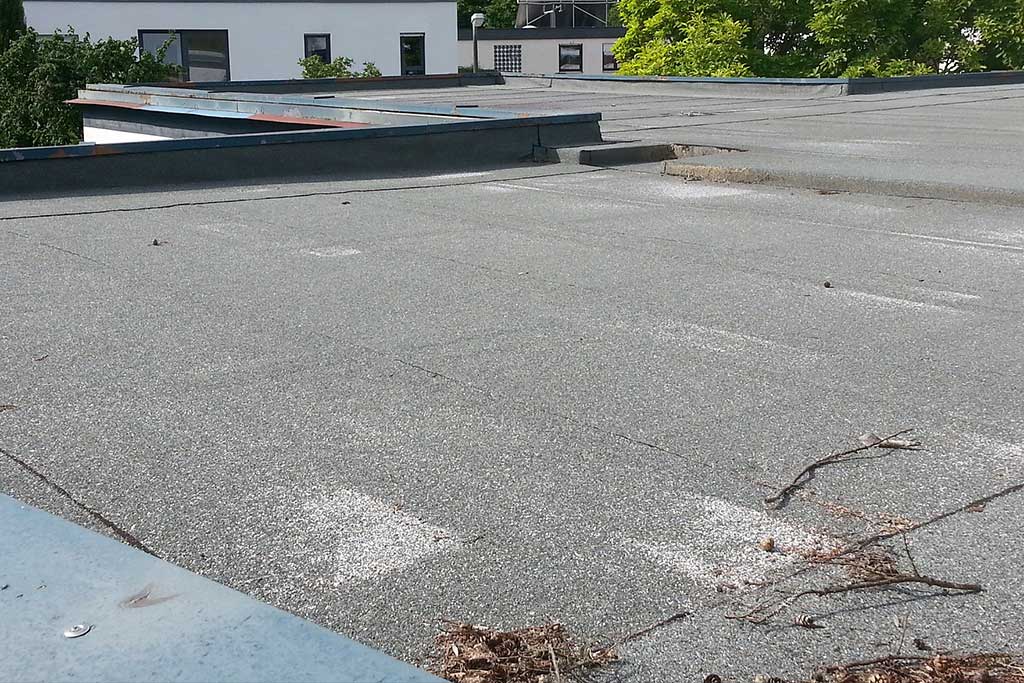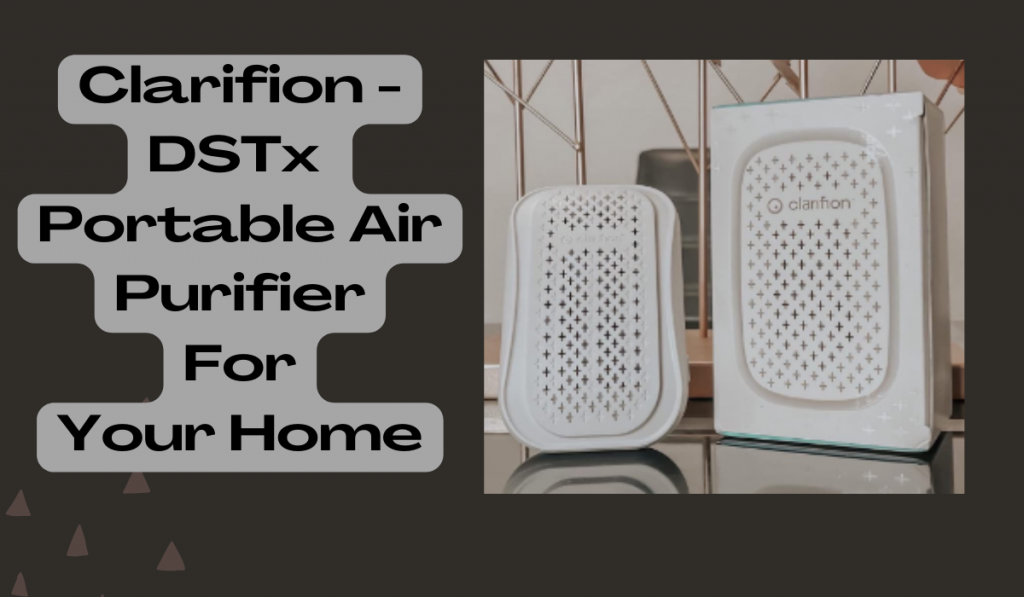The occupants can stay stress-free, and their valuables remain safe and secure when a residential or commercial building has top-quality roofing. Inarguably, the roof is an integral part of any residence or commercial space. It plays an instrumental role in safeguarding the inhabitants from rain, snow, storm, and other adverse weather conditions.
Choosing a roofing material that is durable to a great extent and saves substantial energy is of utmost importance. The prudent decision is to get in touch with a professional company with years of experience providing commercial and residential roofing services. Doing so will help you understand which roofing materials are sustainable, besides being energy-efficient and sturdy.
Factors Contributing to the Performance of a Roof
The substances a roofing material is made of and the manufacturing process matter a lot in determining the performance of a roof. In addition, how resilient a roofing material remains at the end of its life as well as its condition is an indicator of its performance.
The cost of cooling a home or office is directly dependent on the resistance of roofing material to heat gain. Investing in roofing materials with high heat reflectivity is sensible. Do so to reduce your AC bills, especially in scorching summers.
Sustainable Residential and Commercial Roofing Materials
The raw material is the prime factor that determines the sustainability of a roof. Always keep in mind that the production of a roofing material that is sustainable can be possible when manufacturers do not damage or deplete the resource permanently.
Slate Roofing
This sort of roofing makes a home or office incredibly stunning, and the durability aspect helps it stand out. It takes substantial resources to mine, process, and transport slates. The slate roofing’s weight requires additional roof framing because slates are heavier than other lightweight roofing materials. Also, slate roofing is quite expensive.
Metal Roofing
Using the appropriate metal for roofing is judicious as metal roofs look appealing and long-lasting. These roofs consist of highly recycled elements, which is why they are recyclable once the condition deteriorates. It is paramount to insulate metal roofs correctly to reflect heat and decrease heat gain. Aside from metal, aluminum is another common roofing material.
Terra Cotta Roofing
Terra cotta roofs look exquisite, and they are costlier compared to many other roofing materials. Like ceramic tiles, premium quality clay tiles have clay that manufacturers shape and fire to make them more durable. The use of special paints or glazes enhances the beauty of terra cotta tiles. Clay is an abundant resource; therefore, most manufacturers consider clay tiles a sustainable roofing material.
Composite Shingles
Composite or popularly known as asphalt shingles, are long-lasting and ensure excellent heat reflectivity. However, the extent depends on the shingle color and design. These shingles comprise minerals, paper, tar, petroleum products, and fiberglass.
Fiber-Cement and Concrete Roofing
The method to produce fiber cement roofs and concrete tiles is relatively energy intensive. In addition, this production technique causes emissions of a substantial amount of CO2. Still, you will find these roofing materials in many houses and commercial buildings. There is a requirement for extra roof framing because the roofing materials are heavy. However, they are lighter than slate roofs.
Environmentally-Friendly and Sustainable Roofing Materials
Wood Shingles and Shakes
Wood is the most preferred material when it comes to sustainable roofing. Wood shingles and shakes do not require much energy for their production, and they are durable to a moderate extent. When a manufacturer does not treat wood with preservatives and synthetic additives, wood roofs can quickly degrade upon its disposal.
Living Roofs
Many residential buildings with low-slope roofs have small plants or grass wholly or partially on them. These roofs are called green or living roofs, consisting of an artificial waterproof membrane as well as a medium for the growth of greens. Green roofs require high maintenance, and they are very costly to install. However, you can reap a plethora of benefits if you invest in the such roofing material.
These roofs can prevent runoff by absorbing rainwater, and they ensure insulation for your residence. Moreover, green roofs are instrumental in lowering the heat island effect and the heat accumulating in asphalt, concrete, and other residential building materials. It is essential to seek assistance from professional roofers, as extra roof framing is necessary for living roofs.
Hire trained and experienced roofers at Advance Roofing to conduct the complex task of re-roofing in an efficient and effective manner. Roofing professionals can help you select a roofing material suitable for your home or office. All you need to pay is a very reasonable price for the roofing service when you rely on a trusted provider.
Author


